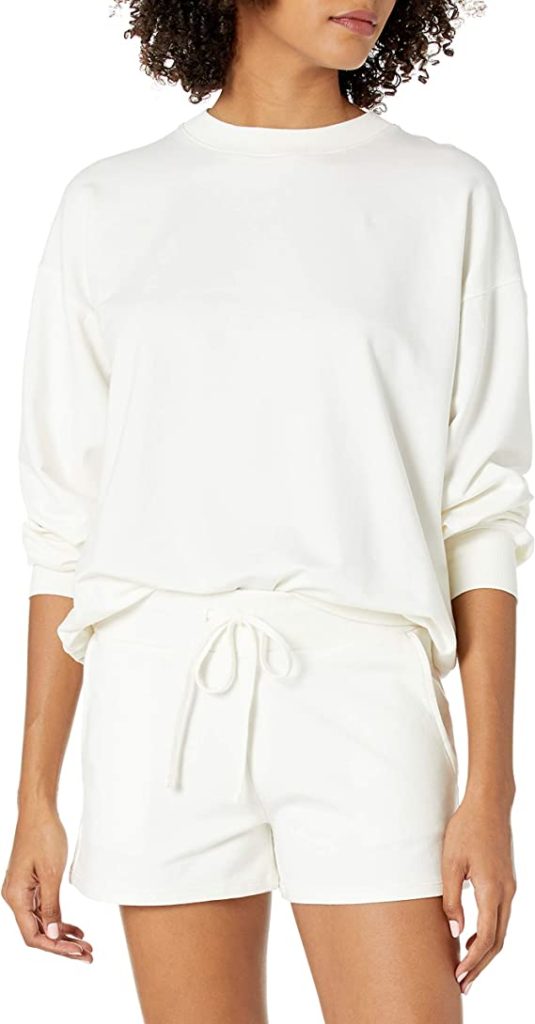The military is a special organization, dedicated to the protection of our country. It’s also an institution that has its own culture and customs. One custom most people are familiar with is the dress code for service members – fatigues!
Ever wonder where the term “fatigues” comes from? It’s derived from the French word for “tired.” Military fatigues are clothes worn by military personnel that allow them to get rest and still maintain their status. They typically consist of a shirt with many pockets, trousers with many large pockets, and a jacket or coat. In this blog post I will be discussing what Military Fatigues are, how they are worn!
The US military’s dress code is one that, for many of us, has been ingrained in our minds since childhood. It includes things like the iconic green or tan uniform with a recognizable “US” emblem on it and fatigues.
The US military isn’t the only one who has this dress code – most countries have something similar in some form or another! In fact, there are even more types than just fatigues- including ceremonial uniforms like white tie/tails (the formal uniform), mess dress (a less formal version) and field dress (typically worn when out on patrol).
How are they worn?
Military Fatigues typically consist of a shirt with many pockets, trousers with many large pockets, and a jacket or coat. The attire is often paired with utility belts for added storage capacity.
Which parts do you wear first?
The first thing to put on would be the blouse (the shirt), followed by your belt at waist level; then fasten your buckle under your arm until it’s tight enough that when you grab one side of the belt near where it ends in front while pulling away from the other end, there should only be about two inches between them. It can seem complicated but this blog post will help make things easier for those who want to dress like their favorite soldier- just make sure to read the full post before you start!


